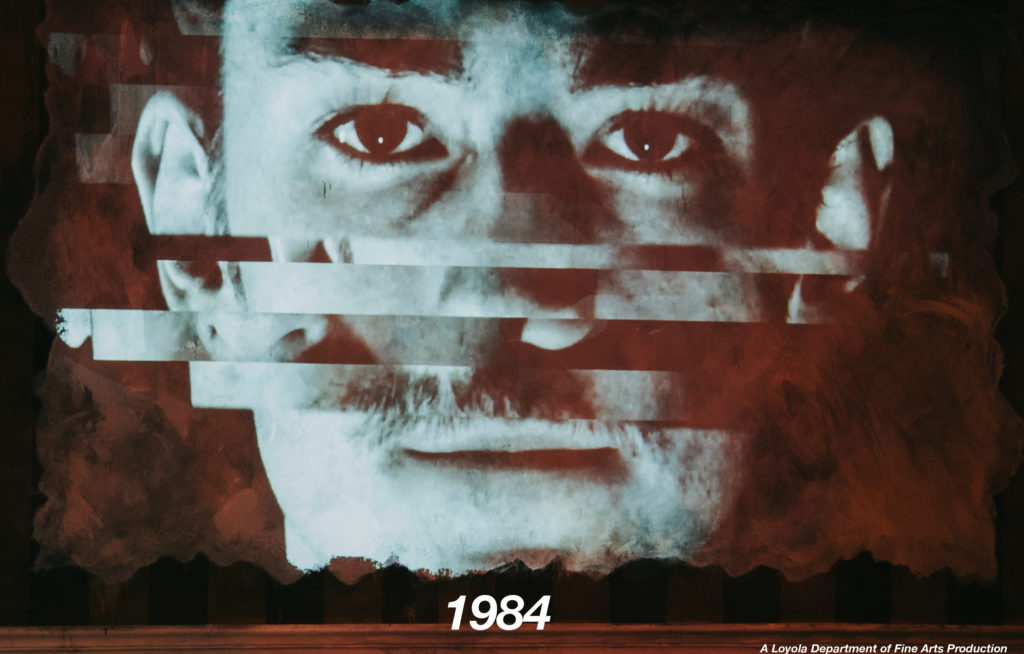Soundcloud
Game Audio Samples
Concept Art
Theatre

Marie Antoinette and the Magical Negroes
Written and Directed by Terry Guest, Marie Antoinette and the Magical Negroes is an imaginative look at the rage within the Black experience leads to Revolt, Revolution, and Revenge. The sound design for this show means to show reverence to the sounds and emotions felt when the Black community is done turning the other cheek and remaining silent. With sounds of revolution that were period appropriate for 16th century France woven in with sounds of the 1992 LA Riots, the goal was to immerse the audience in the weight of the conflict.
Each of the major character groups had a sonic aesthetic. Marie was contemporary opulence and energetic to illustrate her depiction as a lavish individual with energy to use towards only what she cared about. King Louis XVI had a classical drama to him often underscored by Mozart’s Requiem. The Magical Negroes were designed as revolutionary figures with subtle changes to the soundscape to make their moments feel more physically expansive and important

The Secretaries
The Secretaries was a show with a dark undertone, but contrasted beautifully by obsurd and outrageous moments that kept the show lively and entertaining. The challenge for this sound design was balancing the show’s humor with its quiet, but incredibly important tragic character moments and development.
The design was built in two layers, Undegrowth and Overworld. The Undergrowth was consistent and dark sounding with the repetitive churning and grinding of the machine. The Overworld was comedic and joyful where the characters interacted and exchanged quips and jokes between the four personalities. “Undergrowth” was the term used because it implied a deeper inevitable change. Undergrowth eventually becomes the primary layer of the show after the Overworld collapses and we are confronted with the primary themes of the story. The only silent moment in the show is the very end when the Machine finally dies.

1984
Loyola University Chicago’s theatrical adaptation of George Orwell’s 1984. The production team decided on creating an air of discomfort within the space. Creating distant screams for the Ministry of Love, hollow footsteps for the Junkshop, and utilizing deafening silence to demonstrate how hostile and manipulative the Party truly is were the standout parts of the design
Other Design and Engineering Credits
- Hippolytus (The Story Theatre): Sound Designer
- Heroes (Loyola Dept. Fine and Performing Arts): Recording Engineer and Audio Editor
- Her Honor Jane Byrne (Lookingglass Theatre Company): Asst. Sound Engineer
- Steadfast Tin Soldier (Lookingglass Theatre Company): Asst. Sound Engineer
- Frankenstein (Lookingglass Theatre Company): Interim Sound Supervisor
- Failure: A Love Story (Loyola Dept. Fine and Performing Arts): Asst. Sound Designer
- Mr. Burns: A Post Electric Play (Loyola Dept. Fine and Performing Arts): Asst. Sound Designer
- Tintypes (Loyola Dept. Fine and Performing Arts): Sound Designer
